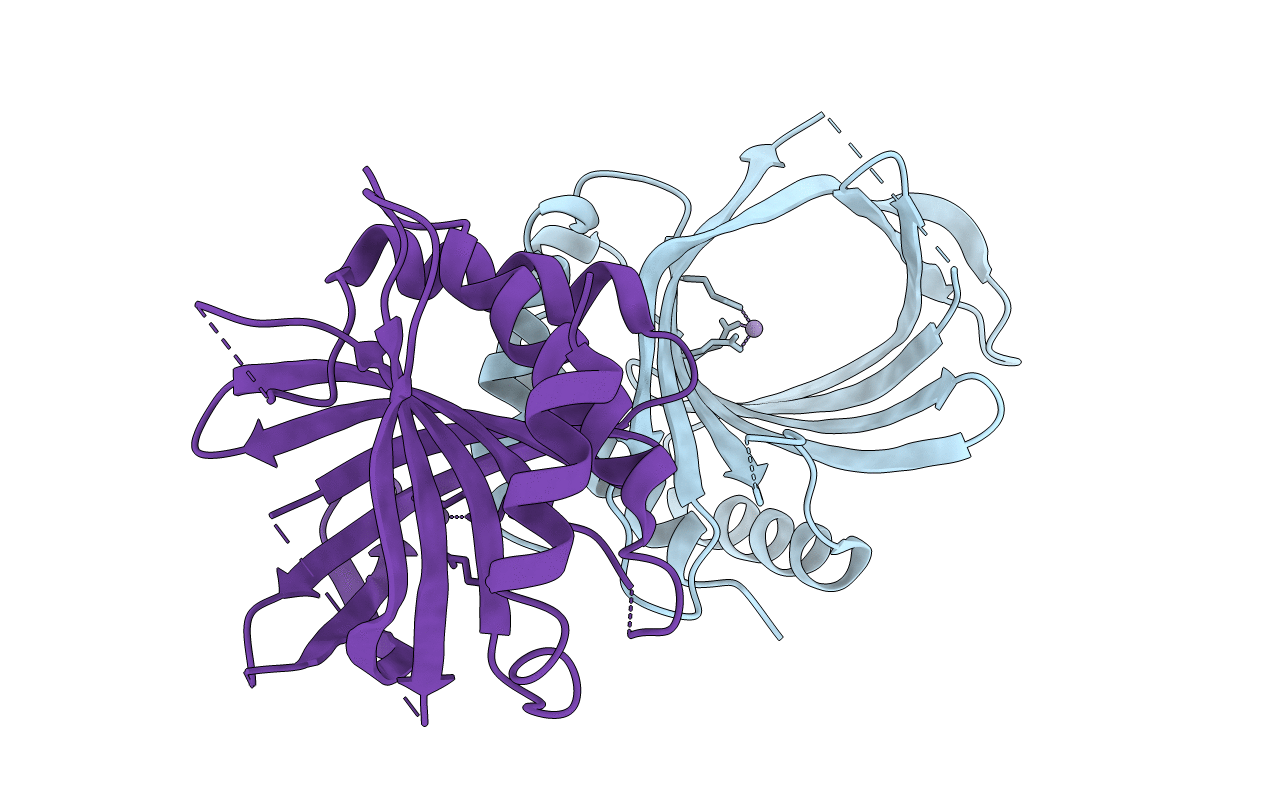
Deposition Date
2019-11-03
Release Date
2020-06-03
Last Version Date
2024-04-03
Entry Detail
PDB ID:
6L7W
Keywords:
Title:
Crystal structure of Cet1 from Trypanosoma cruzi in complex with manganese ion.
Biological Source:
Source Organism:
Trypanosoma cruzi strain CL Brener (Taxon ID: 353153)
Host Organism:
Method Details:
Experimental Method:
Resolution:
2.60 Å
R-Value Free:
0.29
R-Value Work:
0.23
R-Value Observed:
0.24
Space Group:
P 1 21 1


